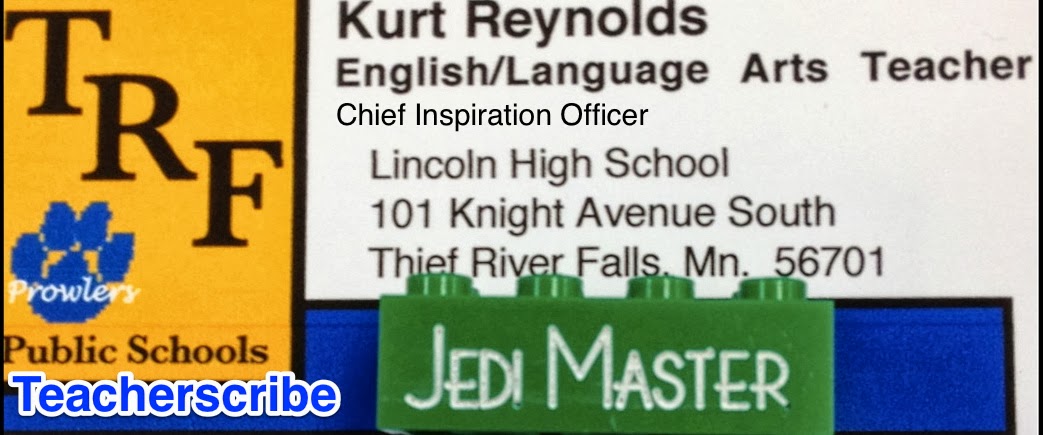If we taught babies to talk as most skills are taught in school, they would memorize lists of sounds in a predetermined order and practice them alone in a closet. --Linda Darling-Hammond
Kind of makes you think, doesn’t it?
Going home last week, I was listening to a podcast featuring an interview with George Madaus. He isn’t particularly anti-testing; he is just against high stakes testing as the sole measurement for student achievement.
He offers an interesting perspective – when he was talking with his physician about his cholesteral results, he happened to ask her what the margin of error was in the test. She acknowledged that it was around 20 percent!
Now, Madaus argues, what most people don’t take into account is the margin of error in the standardized tests kids are given each year.
Madaus simply believes, and this makes a great deal of sense, that we should use the standardized tests as just ONE of several ways to measure student achievement.
This is what doctors do to make up for the margin of error in their tests. If a disease or problem is present, the test isn’t the only measurement. Once a problem is indicated, then a sample is taken, a patient is observed, other tests are run. A patient might be referred or encouraged to get a second opinion. This, of course, is all done in the name of accuracy.
But when does this ever happen for a student on a high stakes test. All those little bubbles filled in with a number two pencil decide so much. But are teachers ever allowed to offer assessment of the student? Are they observed? Is there a sample of their work taken and evaluated?

No comments:
Post a Comment